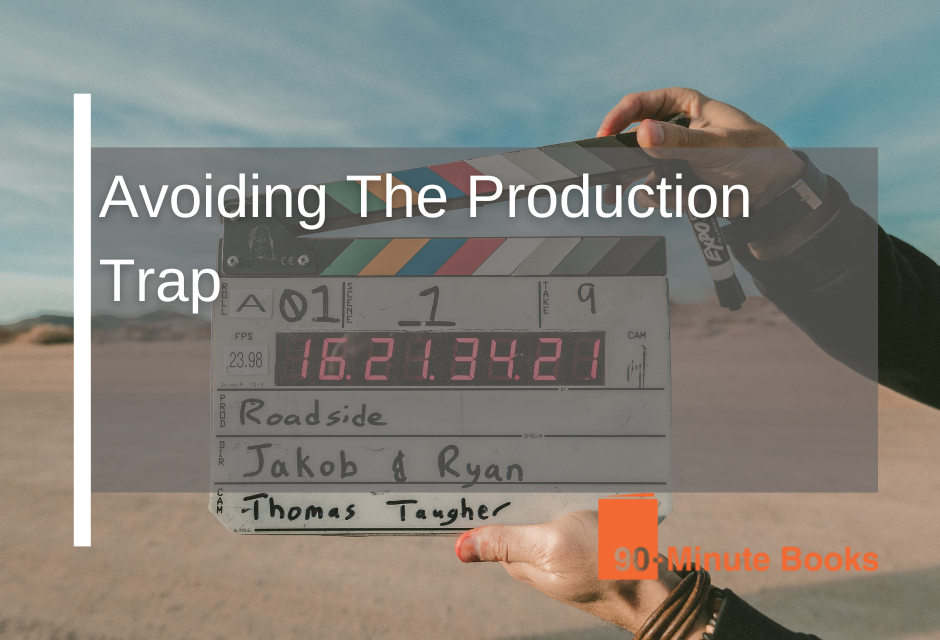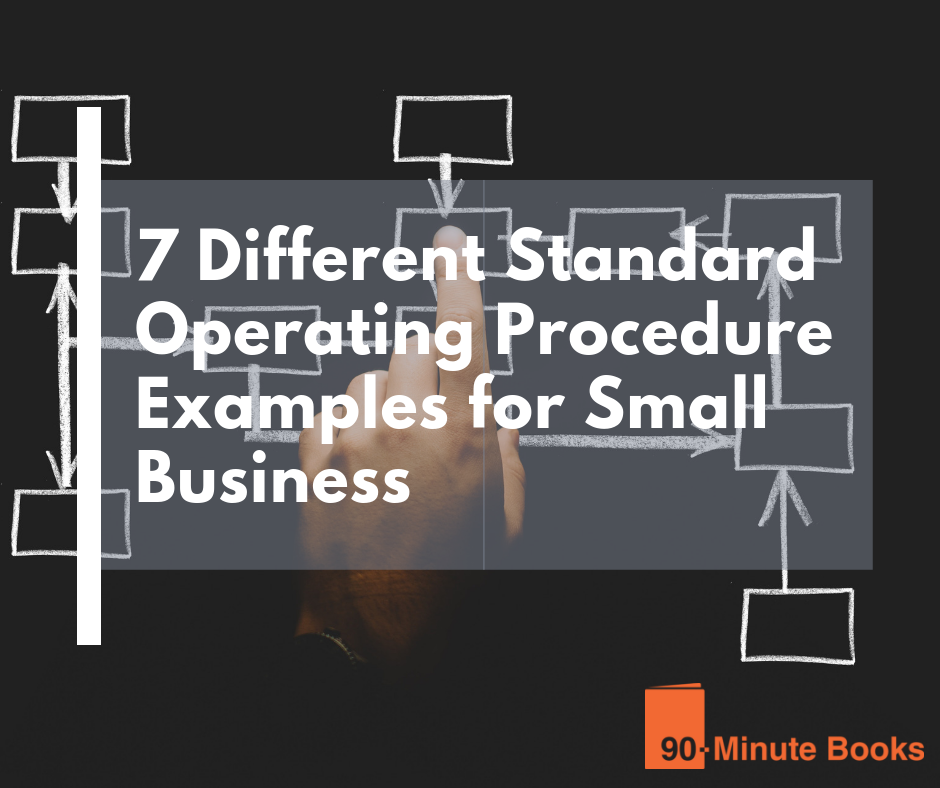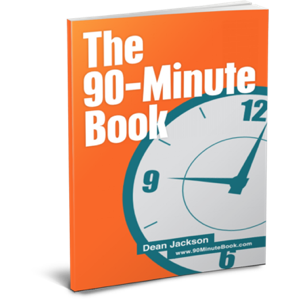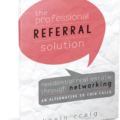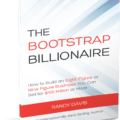Getting your words onto a page is something everyone has some experience of. We all write emails, documents, letters, and reports, so it’s easy to think that laying out a book falls into this same category.
The level of detail required to satisfy your ideas and the technical print and production requirements can be a challenge to the most skilled Word-smith, let alone trying to do it yourself.
We often find that people come back and talk to us months or even years later, having wanted to take the DIY route but running into the production details that can slow down the most well-intentioned author.
So, in this episode, we’re hitting two main points: The ‘Who Not How‘ approach of concentrating on the most valuable assets, your knowledge and time, and for those who only have resources for the DIY system, we’ll go through some tips for making it as painless as possible.
Beneficial Constraints
Here are a couple of pointers for people still saying, “This is no choice; I don’t have the cash to do it. Therefore, the only thing I’ve got to do is invest my time and money …”
If you are going to do this yourself, a couple of worthwhile things are to start with the end in mind. Think about which platform it’s going onto. If you’re pushing it onto Amazon as a physical book, then KDP(Kindle Direct Publishing) has template downloads, where you can download a blank document and type it into that. If you’re copying and pasting text into that, then be mindful of where it’s coming from and that you can carry wrong formats from the other document.
So, suppose you can write in plain text. In that case, so there’s no formatting on it, then paste into the KDP document in plain text and then format it from there; that will be a more straightforward solution than trying to format it elsewhere and then drop it into the template. If you don’t want to put it on Amazon, you can’t use KDP.
Something we speak about a lot here on the blog and on the podcast is the book blueprint scorecard process. You can access the blueprint scorecard at bookblueprintscore.com and complete the scorecard there.
It highlights those eight mindsets separately. So, it helps you differentiate and separate those out. Not only will it help you identify which areas you are weaker in and need more attention paying to.
This idea of recording the content rather than just writing it is a huge time saver.
At most, you just need to write the outline. If possible, record with someone else asking you the questions because it’s tough to talk to a dead mic, even when you know your subject. It’s much easier if you’ve got someone there, or on the other end of the phone, who’s just responding to what you’re saying, and that will help you pull out some more details from that text.
After that, you get the recording transcribed. There are many services out there that can do that for you; I won’t go into too much detail there. Once you have the raw words, you must put them on the page, begin sifting through the material, and start editing.
For More,
There are many more steps to consider when going through the process, don’t skimp on the front and back cover, decide on your title, write a compelling call to action on the back cover etc… head on over to the podcast episode of this blog post stems from where Stuart and Betsey go into depth on the steps you should take when writing the book.

